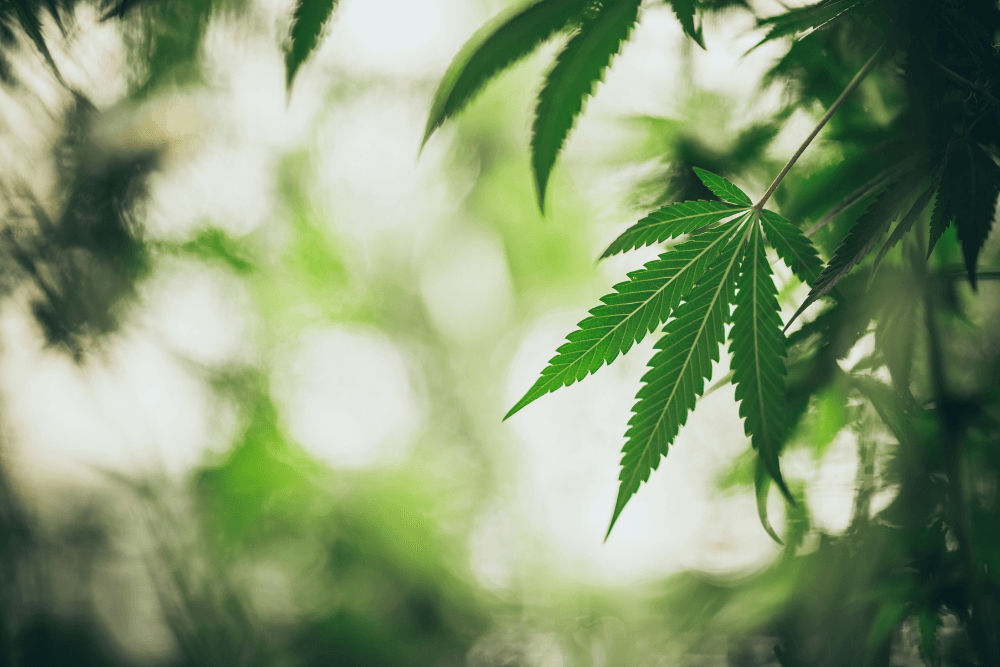As a cannabis cultivator, staying vigilant about the health of your crops is paramount. Among the array of plant viruses that can impact your harvest, the Alfalfa Mosaic Virus (AMV) stands out as a considerable threat. This formidable plant virus primarily affects leguminous crops, but it doesn’t spare cannabis. Part of the Alfamovirus genus in the Bromoviridae family, AMV can inflict serious economic losses in agricultural settings.
Four Key AMV Symptoms
Recognizing AMV in your cannabis cultivation starts with understanding the symptoms. Here are the four major signs you should be on the lookout for:
- Mosaic Patterns: Watch out for irregular light and dark green areas on the leaves. This mottling gives the foliage a unique marbled appearance, indicating a potential AMV infection.
- Leaf Yellowing: One of the classic signs of plant stress, leaf yellowing, can signal an AMV infection in your cannabis plants. This can range from mild to severe and may occur independently or alongside mosaic patterns.
- Stunted Growth: Is your cannabis crop not reaching its usual height? This could be due to AMV infection, as it often stunts plant growth.
- Leaf Distortion: AMV may also cause cannabis leaves to become twisted, curled, or deformed, disrupting their photosynthetic abilities.
The severity of these symptoms can vary depending on the plant’s developmental stage and the specific environmental conditions. For professional guidance, contact us at (530) 220-8754.
Four Critical AMV Effects
AMV can significantly impact your cannabis cultivation efficiency and yield. The primary effects of an AMV infection include:
- Reduced Yield: AMV interferes with normal cannabis growth, often leading to a reduction in productivity and a lower overall yield.
- Decreased Crop Quality: Visible symptoms like mosaic patterns and leaf yellowing can impact the visual appeal of your cannabis crops, potentially affecting their market value.
- Impaired Photosynthesis: The virus-induced symptoms can disrupt chlorophyll function, causing a decline in the photosynthetic capacity and overall weakened growth.
- Weakened Plant Health: AMV can compromise the immune response and physiological functions of your cannabis plants, making them more susceptible to secondary infections.
Four Modes of AMV Transmission
Controlling AMV in your cannabis crops involves understanding how the virus spreads:
- Non-Persistent Aphid Transmission: In this type of transmission, aphids act as carriers of the virus without being affected or changed by it. The virus attaches to the mouthparts (stylets) of the aphid and is transferred to the next plant when the aphid feeds. The key aspect of non-persistent transmission is its speed; the virus can be transmitted quickly, usually within minutes to a few hours of the aphid feeding on an infected plant. This type of transmission does not require the virus to enter or multiply within the body of the aphid.
- Persistent Aphid Transmission: This type of transmission involves a longer-term relationship between the virus and the aphid. The aphid ingests the virus, which then enters the insect’s body and may even multiply within it. The virus remains within the aphid for extended periods, sometimes for the lifespan of the aphid. The virus is then passed to healthy plants when the infected aphid feeds on them. The transmission process in this case is slower than in non-persistent transmission, often taking hours to days before the virus can be passed on to a new host plant.
- Mechanical Transmission: This refers to the physical transfer of the virus from an infected plant to a healthy one, often through human activities. It can occur when farming tools or machinery contaminated with the virus are used across multiple plants, leading to the spread of AMV.
- Infected Plant Material: This involves the transmission of the virus via seeds, cuttings, or other parts of the plant that are already infected with AMV. Such materials can carry the viral particles, thus spreading the virus to new plants.
In conclusion, understanding the Alfalfa Mosaic Virus (AMV) is crucial for cannabis cultivators. Recognizing the symptoms, understanding its effects, and knowing its modes of transmission are the first steps to protecting your crops and ensuring a healthy yield. Regular testing, early detection, and proper disease management practices can help you mitigate the impact of AMV in your cannabis cultivation.
Please, ensure you are taking all necessary steps to keep your cultivation safe, as well as our community. Plant pathogens are an enemy we all face, and we all must take responsibility for preventing and educating one another. That’s why we’ve developed a downloadable poster for you to keep your cultivation crew informed about top-tier Biosecurity Measures for Plant Pathogen spread prevention.
Let’s continue to grow safe and healthy cannabis!



Follow NCIA
Newsletter
Facebook
Twitter
LinkedIn
Instagram
–